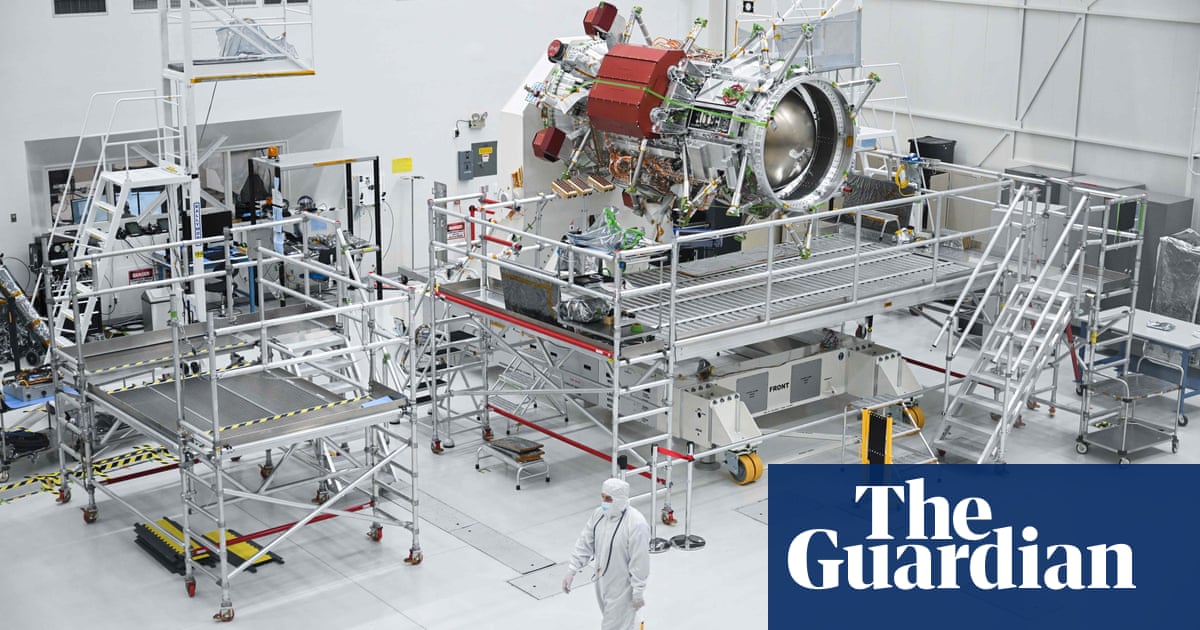
Astrolab
After the cancellation of NASA’s lunar rover, named VIPER, a replacement rover is due to head to the Moon later this year. Venturi Astrolab is now contracted to build the Flexible Logistics and Exploration (FLEX) Lunar Innovation Platform (FLIP), which will fly with Astrobotic Technology’s large Griffin lander to the Nobile region at the lunar south pole as early as the end of the year.
NASA’s Volatiles Investigating Polar Exploration Rover (VIPER) was originally supposed to make the ride, but delays and cost overruns caused the agency to take the rover off the mission last July. (VIPER had already been built, just not fully tested and integrated, and it’s now in need of a ride to the Moon itself.) NASA was set to simply fly a mass simulator in the place of VIPER, but the agency also let Astrobotic try to find a private-sector space companies to fill the slot.

NASA / JSC / David DeHoyos
As VIPER was built as part of the Artemis initiative, it was set to dowse for water ice in the permanently shadowed regions of the Moon using four scientific instruments and a drill. The FLIP rover, on the other hand, carries little in the way of science. The four-wheeled platform is mainly a test bed for Astrolab’s larger FLEX rover. After Griffin lands around lunar sunrise, the solar-powered FLIP will roll onto the lunar surface; it’s expected to last the two weeks until lunar sunset.
“By joining Griffin Mission One, we will gather key insights into how lunar rovers like FLIP operate in real lunar conditions,” said Jaret Matthews (Astrolab) in a recent press release. “Bringing FLIP to the Moon offers an opportunity to demonstrate and test many of the critical technologies that will advance the commercial FLEX vehicle, including full-sized batteries, tires critical avionics systems, sensors and software.”
The Griffin lander is about half the size of the crewed Apollo Lunar Module, and it can carry 625 kilograms (1,378 pounds) to the Moon’s surface. Griffin’s Mission One will launch on a SpaceX Falcon Heavy rocket no earlier than late 2025.
The Griffin Mission One is part of NASA’s commercial program, which started off 2025 with the launch of Firefly’s Blue Ghost lander, set to land on the Moon in early March. The program could use a win: Astrobotic’s launch of its smaller Peregrine lander failed to reach the Moon entirely, returning to Earth for reentry on January 18, 2024, and Intuitive Machines’ IM-1 mission made a lopsided lunar landing on February 22, 2024.
Both companies will attempt further missions in 2025. We’ll see what the year brings for them, and for Moon exploration in general as NASA rides out the political and budgetary storms of the years ahead.
Article by:Source: David Dickinson














